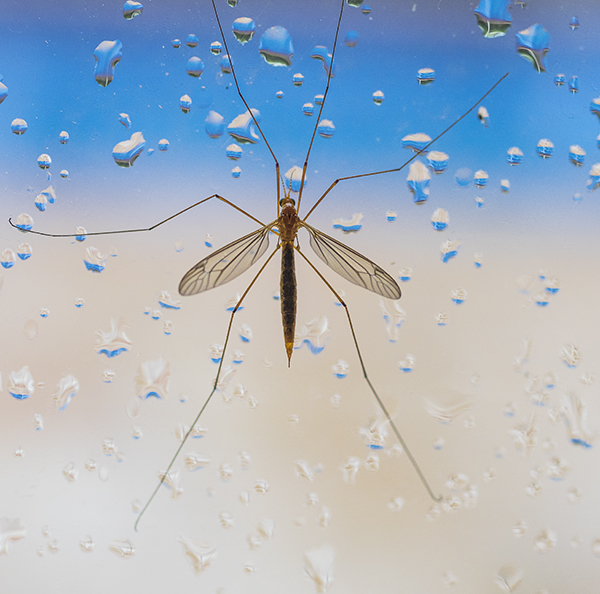Nephrotoma ferruginea
Photograph by Ole Lundin.
Photography contest, Honorable Mention.

Photograph by Ole Lundin.
Photography contest, Honorable Mention.


In case you missed it, Skeptical Inquirer Presents has posted Evolution, Education, and a Century of Scopes, a discussion anticipating the Scopes Trial Centennial conference in Chattanooga, Tennessee, this summer. The discussants are Eugenie Scott, the former executive director of the National Center for Science Education and an expert on creationism vs. evolution, and the actor John de Lancie, who most recently toured the US with a show on the Scopes Monkey Trial and subsequently co-authored an audio play, The Dover Intelligent Design Trial. Mr. de Lancie was awarded the Clarence Darrow Award in 2018. The video is over an hour long, but I thought it was well worth watching.

Safeguarding Sound Science combats misinformation, disinformation, and misconceptions about climate change with actual science. In the 7-episode Season One: Climate Change Edition, Mat Kaplan (Senior Communications Advisor of the Planetary Society and former host of Planetary Radio) talks to scientists, teachers, and other experts to explore who’s behind some of the more insidious efforts to sow distrust in climate science, how those efforts filter down to schools and classrooms, and what is being done to ensure that everyone — especially students — is exposed to accurate climate science.
As of this writing, the first two installments have been posted: Episode 1: “What Climate Change? Tackling Climate Denial,” with Michael Mann and Glenn Branch of the National Center for Science Education; and Episode 2: “A Century of Disinformation: Naomi Oreskes and the Merchants of Doubt.”
Reprinted with permission from The NCSE Monitor for March 21, 2025. You may access the podcasts using the Season One link above, or else use Apple Podcasts or Spotify.
Dan Phelps informs us that Martyn Iles is no longer with Answers in Genesis (AIG). Paul Braterman reported earlier on PT that Mr. Iles had ascended to the position of “Executive CEO” of AIG. I think we had all assumed that he was the heir apparent. Mr. Phelps asks,
He was apparently [Ken] Ham's chosen successor. I noticed he didn't do much lately. Was there a dispute, or other trouble? Who will Ham pick to succeed him? Will there be a puff of white smoke above the Ark when the decision is made?
We do not know the answers to any of those questions, but it is easy to infer from the Facebook post (reproduced below the fold) that Mr. Iles left AIG before he had an alternative in mind. Mr. Phelps notes further that Mr. Iles’s name had been dropped from the AIG speakers’ biography page by March 13, but it was there on February 3.
If anyone has any further information, please feel free to comment, but please avoid idle speculation and invective.
Photograph by Al Denelsbeck.
Photography contest, Honorable Mention.
